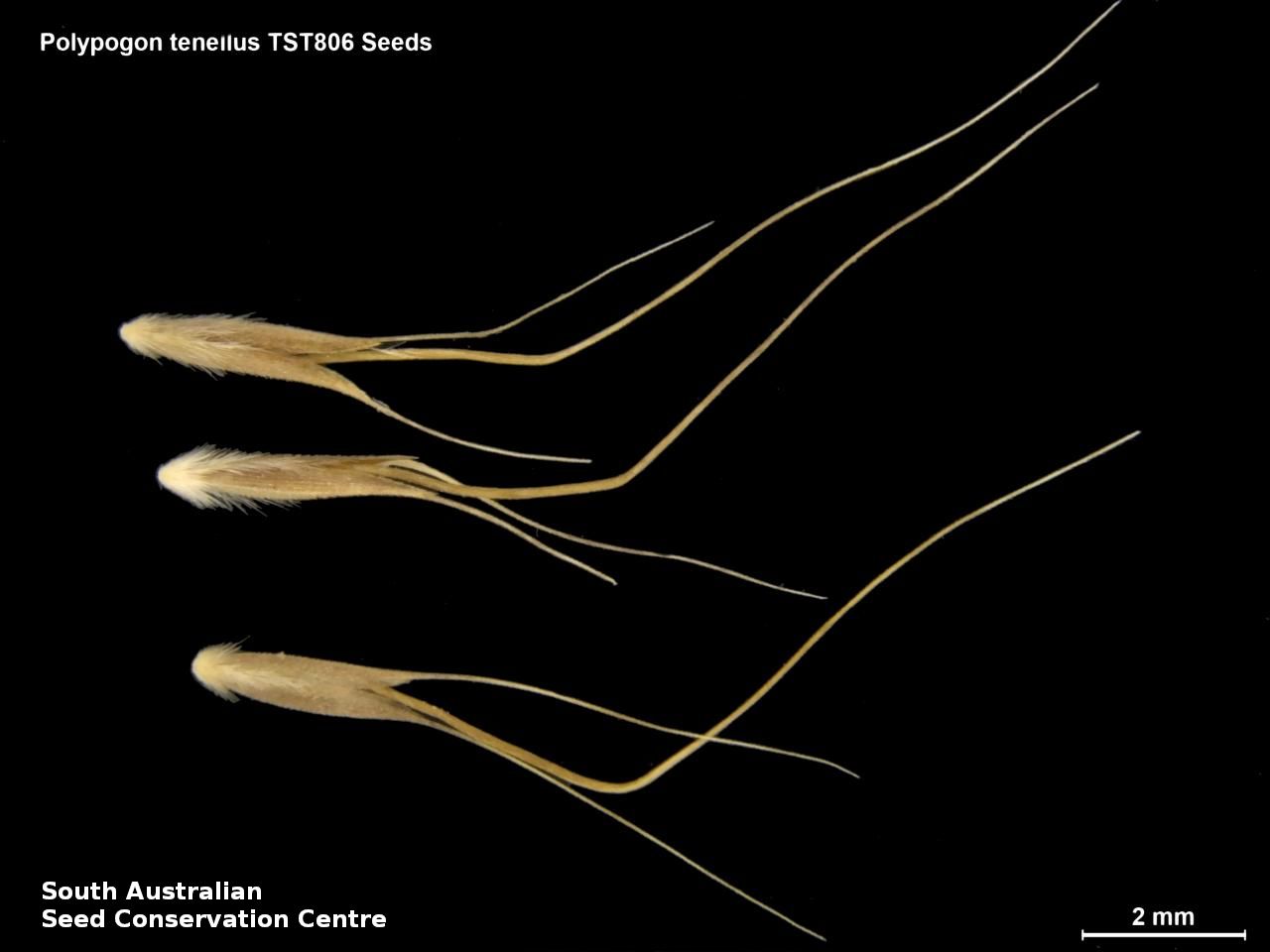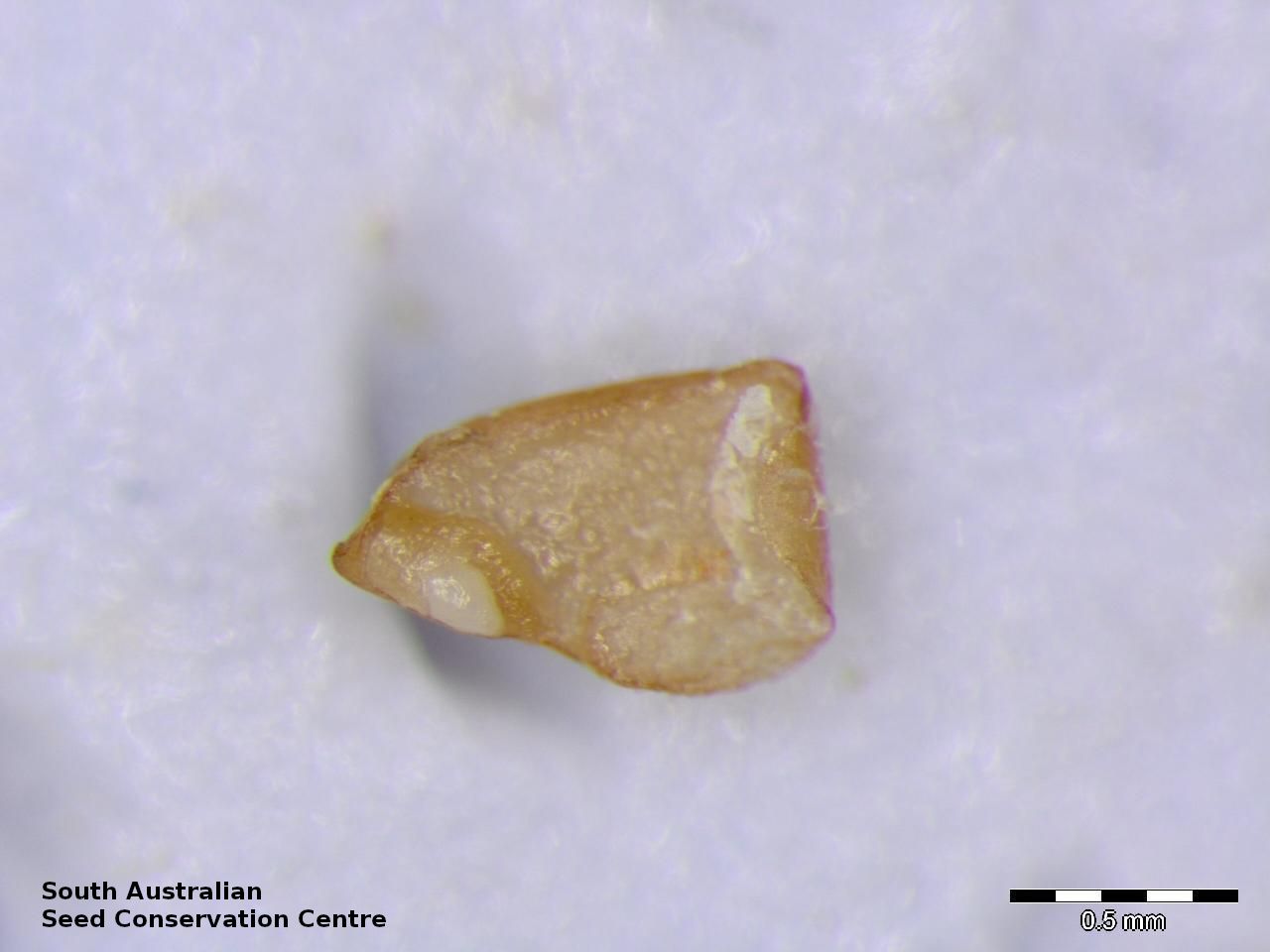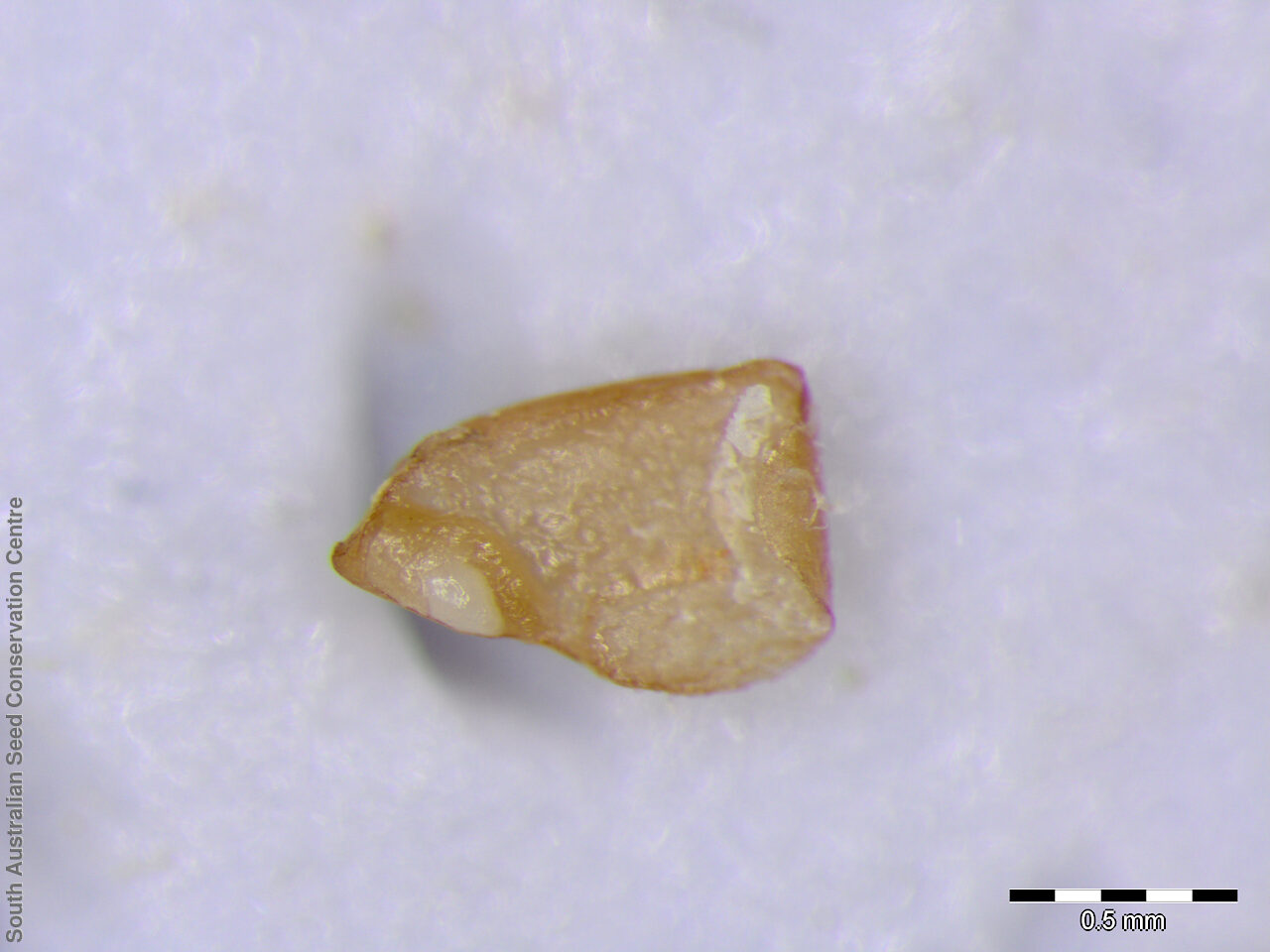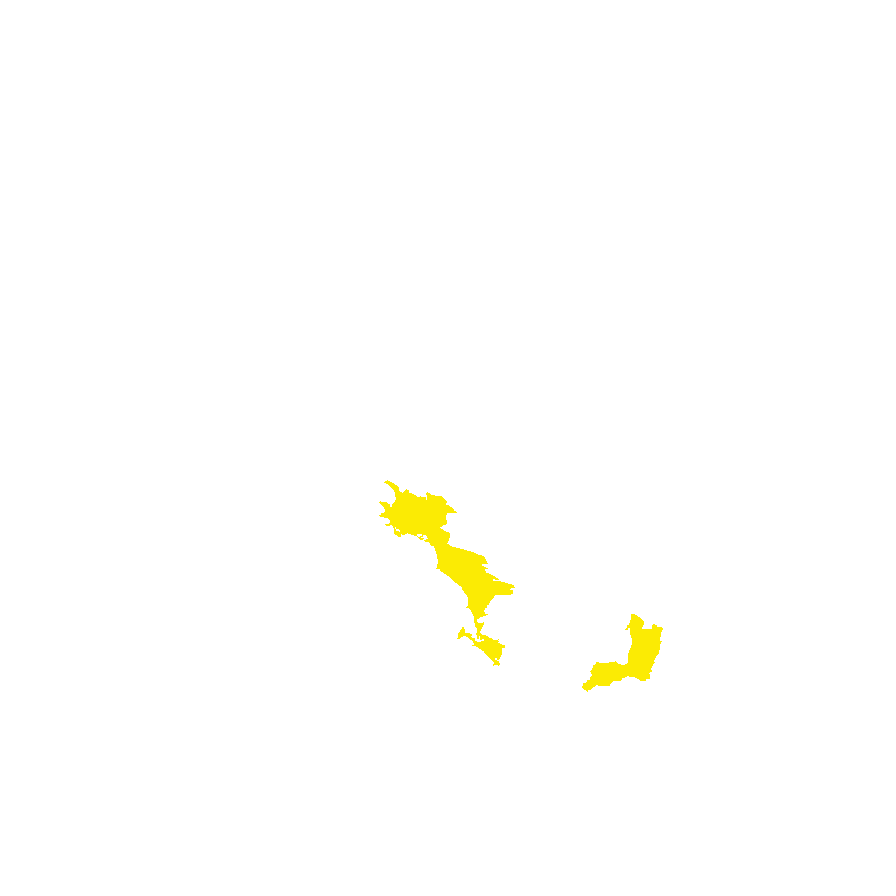




Etymology
Polypogon from the Greek 'polys' meaning many and 'pogon' meaning beard; referring to the hairy panicle. Tenellus meaning small, delicate, tender; alluding to its habit.
Distribution and status
Currently only known from the lower part of Yorke Peninsula in South Australia. Also found in Western Australia. Native. Very rare in South Australia. Common in Western Australia.
Herbarium region: Yorke Peninsula
NRM region: Northern and Yorke
AVH map: SA distribution map (external link)
Plant description
Small erect annual grass to 15 cm tall. Looks similar to the introduced coast beard-grass (Polypogon maritimus), differ by the number of awns on the lemma. Plant green turning red as it matures. Fruits are reddish heads to about 3 cm at the terminal. Seeds are pale brown seeds with 3 awns, central awn longer than the two side awns. Seed embryo type is lateral.
Seed collection and propagation
Collect seeds between October and November. Collect heads that are reddish in colour. Run your fingers gently thorugh the heads and collect only those that come off easily. These will contain the mature seeds. No cleaning is required if you collected the seeds by running your fingers through the heads. Store the seeds with a desiccant such as dried silica beads or dry rice, in an air tight container in a cool and dry place.
| Location | No. of seeds (weight grams) | Number of plants | Date collected | Collection number Collection location | Date stored | % Viability | Storage temperature |
|---|---|---|---|---|---|---|---|
| BGA MSB | 13,500 (2.59 g) 13,500 (2.59 g) | 100 | 11-Nov-2009 | TST806 Yorke Peninsula | 1-Jun-2010 | 85% | +5°C, -18°C |
Number of plants: This is the number of plants from which the seeds were collected.
Collection location: The Herbarium of South Australia's region name.
% Viability: Percentage of filled healthy seeds determined by a cut test or x-ray.